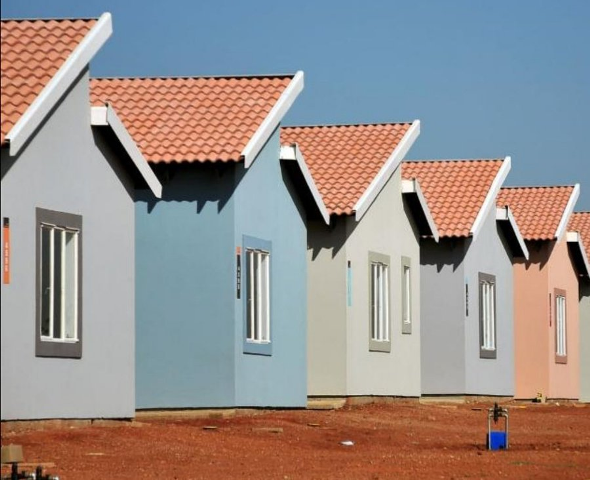Housing prices rise in 43 cities in Q4 of FY23: NHB

- Country:
- India
As many as 43 cities out of 50 registered an increase in property prices during fourth quarter of 2022-23, according to the National Housing Bank (NHB) data released on Thursday.
However, 7 cities registered a decline in the property prices. The home loan rates are still lower than that of pre-Covid period leading to a healthy affordability overall, it said.
India's eight key primary residential markets witnessed appreciating property prices during the January-March 2023 period.
Ahmedabad with a rise of 10.8 per cent, Bengaluru (9.4 per cent), Chennai (6.8 per cent), Delhi (1.7 per cent), Hyderabad (7.9 per cent), Kolkata (11 per cent), Mumbai (3.1 per cent) and Pune (8.2 per cent) recorded an increase in the index on an annual basis as per the Housing Price Index (HPI) published by NHB.
The 50 city HPI based on valuation of properties collected from banks and housing finance companies (HPI @ Assessment Prices) recorded an annual increase of 5.8 per cent during the fourth quarter of FY23 as compared with 5.3 per cent a year ago, it said.
The annual change in HPI @ Assessment Price varied widely across the cities -- ranging from an increase of 19.6 per cent (Gandhinagar) to a decline of 12.9 per cent (Ludhiana).
On a sequential (Q-o-Q) basis, it said, the 50-city index registered an expansion of 1.3 per cent in January-March 2023 as against 1.5 per cent in the previous quarter. The index is showing an increasing trend on Q-o-Q basis since June 2021.
On the supply side, it said, the 50 city HPI based on the quoted prices for under construction and ready to move unsold properties (HPI@ Market Price for Under Construction Properties), also recorded an annual increase of 11.7 per cent in March quarter as against 4.8 per cent a year ago.
The quoted prices witnessed an increase driven by the partial pass-on of the increased input cost coupled with increased demand in ready-to-move-in properties, more so in the affordable segment, it said.
(This story has not been edited by Devdiscourse staff and is auto-generated from a syndicated feed.)
ALSO READ
If we will live unitedly, nobody will be able to harm us: Bengal CM Mamata Banerjee at Eid prayer in Kolkata.
Police create task forces to apprehend suspects in assault case of Muslim student from Pune varsity amid 'love jihad' allegations
"We will surely win Hyderabad this time": BJP's Madhavi Latha on her chances against Asaduddin Owaisi
We will not accept CAA, NRC, Uniform Civil Code: Mamata Banerjee at Eid prayer in Kolkata.
During elections, some people will try to engineer riots; don't fall prey to the plot: Mamata at Eid prayer in Kolkata.










